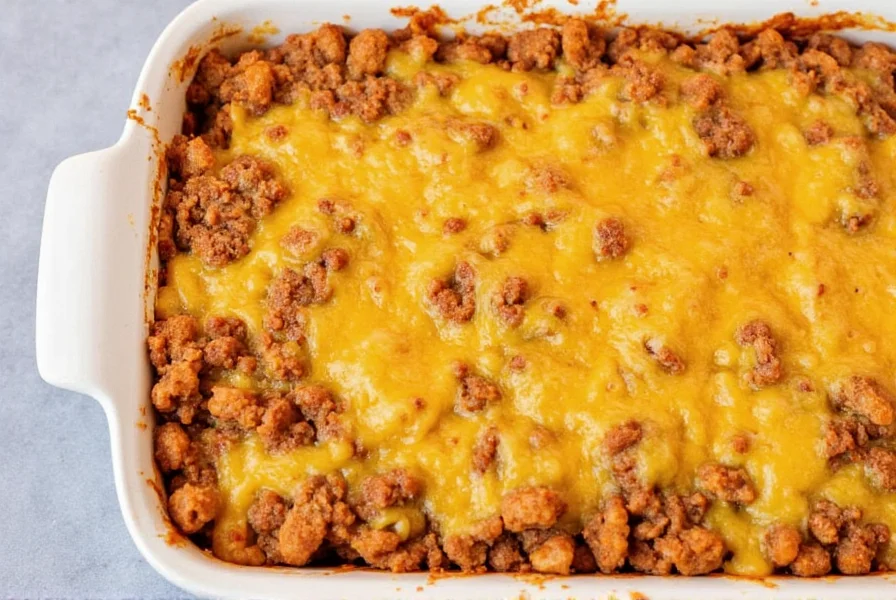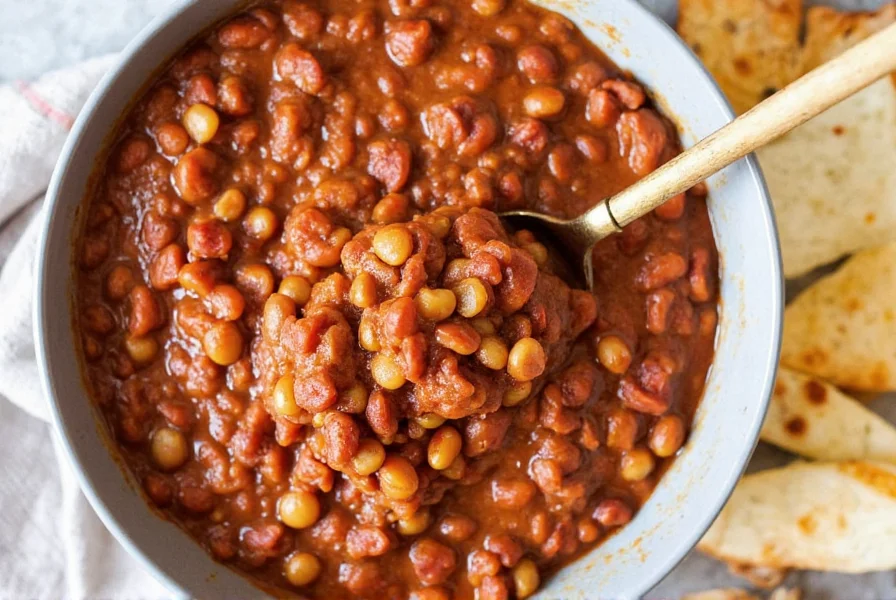Leftover chili doesn't have to mean repetitive meals or food waste. With proper storage techniques and creative recipe ideas, your extra chili can become the foundation for multiple delicious dishes throughout the week. Whether you made a double batch intentionally for meal prep or simply cooked more than your family could eat in one sitting, these practical solutions maximize your efforts in the kitchen.
Proper Storage for Maximum Freshness
Before exploring creative uses, ensure your chili maintains optimal quality through proper storage. Cool chili quickly by placing the pot in an ice bath, then transfer to airtight containers. Refrigerate within two hours of cooking to prevent bacterial growth. For longer storage, freeze portions in freezer-safe containers with at least one inch of headspace for expansion.
| Storage Method | Duration | Best Practices |
|---|---|---|
| Refrigerator | 3-4 days | Store in shallow containers for faster cooling |
| Freezer | 4-6 months | Use portion-sized containers for easy thawing |
| Room Temperature | 2 hours max | Discard if left out longer than food safety guidelines |
Creative Leftover Chili Recipe Transformations
Chili Macaroni Bake
Transform your leftover chili into a comforting casserole by combining it with cooked elbow macaroni, shredded cheddar cheese, and a breadcrumb topping. Layer these ingredients in a baking dish and bake at 375°F for 25-30 minutes until bubbly and golden. This creative way to use leftover chili appeals to both kids and adults, making it perfect for weeknight dinners.

Stuffed Bell Peppers
Cut bell peppers in half lengthwise, remove seeds, and parboil for 5 minutes. Fill with reheated chili, top with cheese, and bake at 350°F for 20-25 minutes until peppers are tender. These colorful stuffed peppers with chili make an attractive presentation while providing a nutrient boost from the vegetables.
Chili Cornbread Casserole
Create a layered casserole with chili, cornbread mix, and cheese. Prepare cornbread according to package directions, pour half into a baking dish, add chili layer, then top with remaining cornbread batter. Bake at 400°F for 20-25 minutes. This chili cornbread bake recipe combines two comfort food favorites into one satisfying meal.
Breakfast and Brunch Options
Don't limit chili to dinner! For a hearty breakfast, top scrambled eggs with warmed chili and avocado. Create a southwestern breakfast hash by sautéing diced potatoes, onions, and bell peppers, then mixing in chili and frying eggs on top. These leftover chili breakfast ideas provide protein-rich morning meals that keep you full throughout the day.
Freezing Strategies for Future Meals
Portion chili into freezer bags laid flat for space-efficient storage or use portion-sized containers. Remove as much air as possible from bags to prevent freezer burn. Label with date and contents. When ready to use, thaw overnight in the refrigerator or defrost in the microwave. These freezing leftover chili tips ensure your extra portions remain flavorful for future quick meals.
Food Safety Considerations
Always reheat chili to an internal temperature of 165°F. Discard chili that develops an off smell, slimy texture, or mold. When in doubt, throw it out—consuming spoiled chili can cause foodborne illness. Understanding how long does leftover chili last properly stored helps prevent waste while maintaining safety.
Conclusion
With these creative solutions for leftover chili, you'll never view extra portions as a problem again. From transforming chili into entirely new dishes to strategic freezing for future convenience, these practical approaches maximize your cooking efforts while minimizing food waste. The next time you find yourself with extra chili, embrace the opportunity to get creative in the kitchen rather than seeing it as leftovers to reheat repeatedly.
Frequently Asked Questions
Can I freeze chili with beans in it?
Yes, chili with beans freezes well for 4-6 months. The beans maintain their texture when properly frozen and thawed. For best results, cool the chili completely before freezing and store in portion-sized containers.
How do I reheat frozen chili properly?
Thaw frozen chili overnight in the refrigerator, then reheat on the stove over medium heat, stirring occasionally until it reaches 165°F internally. For quicker reheating, place the sealed freezer bag in cold water until partially thawed, then transfer to a saucepan.
What's the best way to thicken leftover chili?
Simmer the chili uncovered for 10-15 minutes to reduce liquid. Alternatively, mix one tablespoon cornstarch with two tablespoons cold water and stir into simmering chili. You can also add a handful of crushed corn chips or a spoonful of tomato paste to thicken while enhancing flavor.
Can I add new ingredients when repurposing leftover chili?
Absolutely! Leftover chili serves as an excellent base for customization. Add fresh vegetables, different beans, additional spices, or even a splash of beer or coffee to create entirely new flavor profiles when making chili macaroni bake or stuffed peppers.











 浙公网安备
33010002000092号
浙公网安备
33010002000092号 浙B2-20120091-4
浙B2-20120091-4